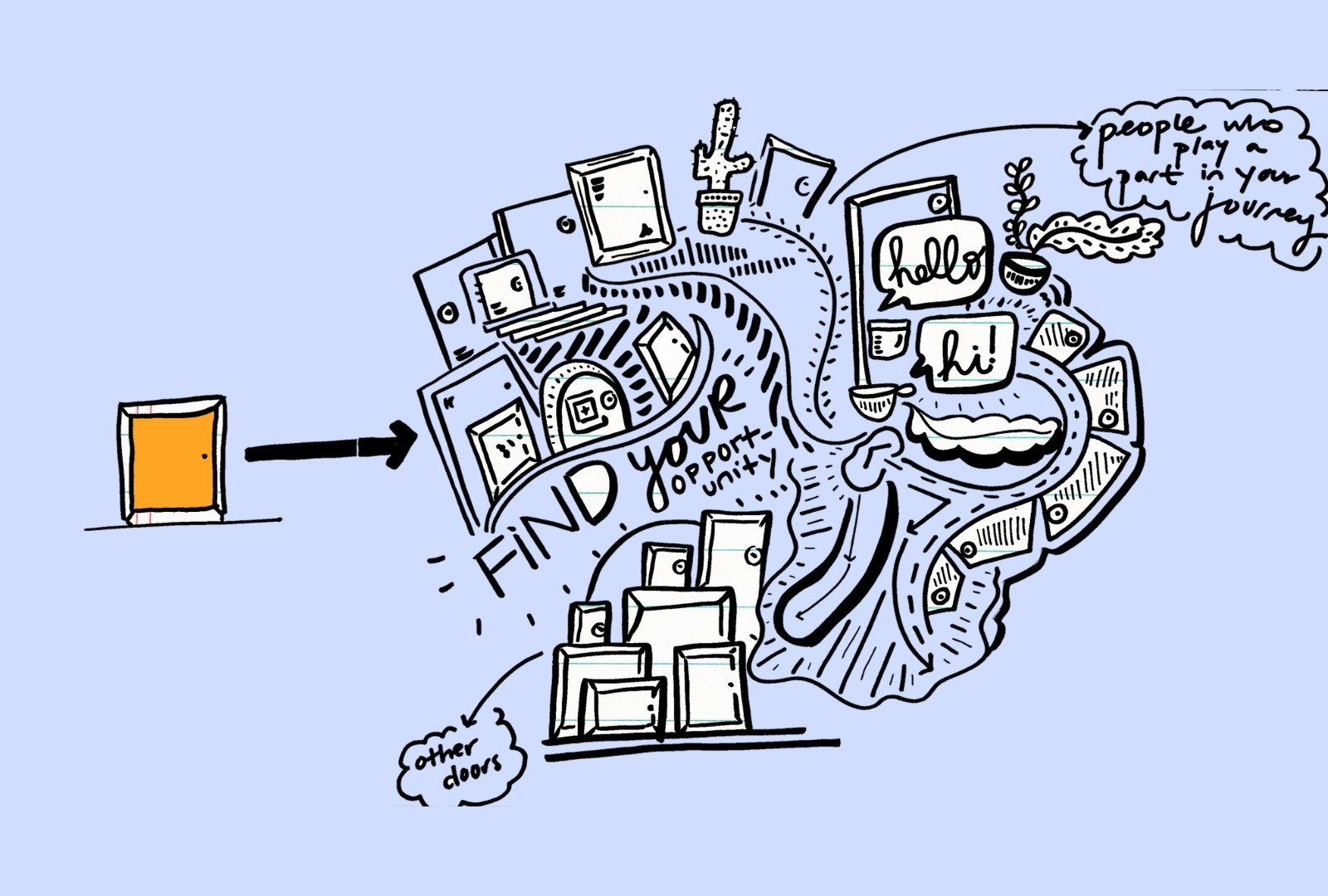Why Adults Lose Creativity—And How to Bring It Back at Work
At the end of the article, there’s a button to download my free brainstorm doc! Or you can do that here. :)
Why do adults lose a sense of creativity and play?
Why does this even matter in a corporate setting? I’m interested in the corporate realm specifically because that is the area where I’ve personally experienced it being squelched… yep, I said squelched.
Creativity is the foundation for everything. In corporate land - for the employee experience, clients... keeping your customers inspired and your people to keep coming back to work day after day. Keeping it fresh, keeping it current, keeping it alive. This is why creative agencies charge millions for ideas. It’s the most valuable thing you can buy.
In my experience, and I think others would agree… Children have the willingness to be curious, without self-doubt. More so than adults. For example, I've never heard a child say "I can't even draw a stick figure". Since I do creative workshops for adults, this really is interesting to me because every time I do a corporate workshop, there is ALWAYS one adult that says “they don’t have a creative bone in their body!” I promise you - every time, one person says this. It’s almost like they are shutting themselves down, before they even start. So if they are doing that to themselves, I’m sure they are shooting down other people’s creative ideas!
A story from Improv
When I first moved to Austin in 2014, I jumped in an Improv class. It was a time to disconnect, and for those hours on Monday nights I had no desire to check my phone - no props, just dependent on the magic that happens when you create something from nothing with others. And a lot of times, you’re belly laughing along the way.
There is magic that happens when smart, creative people get together and dream up something that doesn’t quite exist yet. Please note - in Improv you cannot shoot down ideas. Why?
"Yes" means accepting whatever idea or reality your scene partner presents. Instead of rejecting it or contradicting it, you acknowledge it as true within the scene.
"And" means building on that idea by adding new information, expanding the scene, or pushing the narrative forward.
Now… Back to Corporate
So if magic happens when human brains get together, why does the stifling occur? By stifling I mean when a flame goes out. The flame being an idea someone comes forth with, and it is immediately put out but water by another. When I read the book “Mindset” by Carol Dweck it all clicked for me. It made sense to me why brainstorming sessions with groups of beautiful minds tended to not be energizing but rather more deflating. We didn’t collectively have a “yes and” philosophy. And coming from someone who leans more optimistic and anything is possible… if someone immediately says WHY an idea won’t work, I just don’t speak up again. Not saying it’s right, but that was usually my experience.
The Beauty of the Realist and the Dreamer
What an opportunity to have people on both sides of the brain to be on the same team (whether marketing, sales, engineering, etc.). We really do need each other! In the context of a brainstorm though, the realists and left brain folks need to take a tip from the right brain side of the room. It’s simpler than you think… and it does not include your laptop.
What to do about the creativity stifling? Have more brainstorm sessions!
The magic of brainstorming is like the domino effect. A lot of times, your greatest ideas come from conversation of a different idea. Let the conversation flow and see what leads (see illustration below!)
A little teaser from a book I’m writing… but the image speaks for itself!
How to Host an Energizing and Fruitful Brainstorming Session:
Leave the laptops (all the tech workers gasp!)
There are striking differences in brain waves when you handwrite versus typing on a computer. If you really want to go down a rabbit hole.. read this article written by PsyPost on a research study where brain activity was monitored for two groups - handwriting, and typing.
In fact I’d encourage no phones either
Set the scene. If you’re leading the brainstorming session, you have to be a narrator in a sense. “Hi everyone! Welcome to the brainstorming session. You walked through the threshold of this meeting room… anything is possible. We are working with an agency that will make our wildest dreams come true!” Someone really needs to lead the charge to foster conversation an creativity. If got this far in this article… maybe that person is you!
Have a few ground rules - share these with your team
Anything is possible. Due to the nature of it being a “Brainstorm” session - anything goes. Budget is no object when you’re brainstorming. Bandwidth. Capability. Anything is possible! This is where you can reference “yes and”!
Do not shoot down anyone’s idea. See above.
Don’t have a totally blank canvas You always need a starting place. Come with question prompts. Questions you can include to prompt your session (my background is marketing, but these can be universal):
What is our why?
If money were no object, what would we achieve first?
What is a campaign that you love? Why?
What does our customer want?
What impact do we want to make in the next 5 years?
If we could be known for one thing, what would it be?
What would success look like if there were no constraints?
What do we want people to feel when they engage with our brand/work?
What’s a company (outside our industry) that inspires us? Why?
What assumptions are we making that we could challenge?
If we had to start from scratch today, how would we build this differently?
How can we bring more playfulness and curiosity into our work?
The more brainstorming you have, the more ideas you get, the more things you discover. There is really no downside. Plus - pen and paper only? It’s a way to stand out and I promise you your team won’t forget it.
I created a free brainstorm template with the questions above you can if you’d like to have a starting place for a team meeting!
Sources:
https://www.psypost.org/handwriting-activates-broader-brain-networks-than-typing-study-shows/


